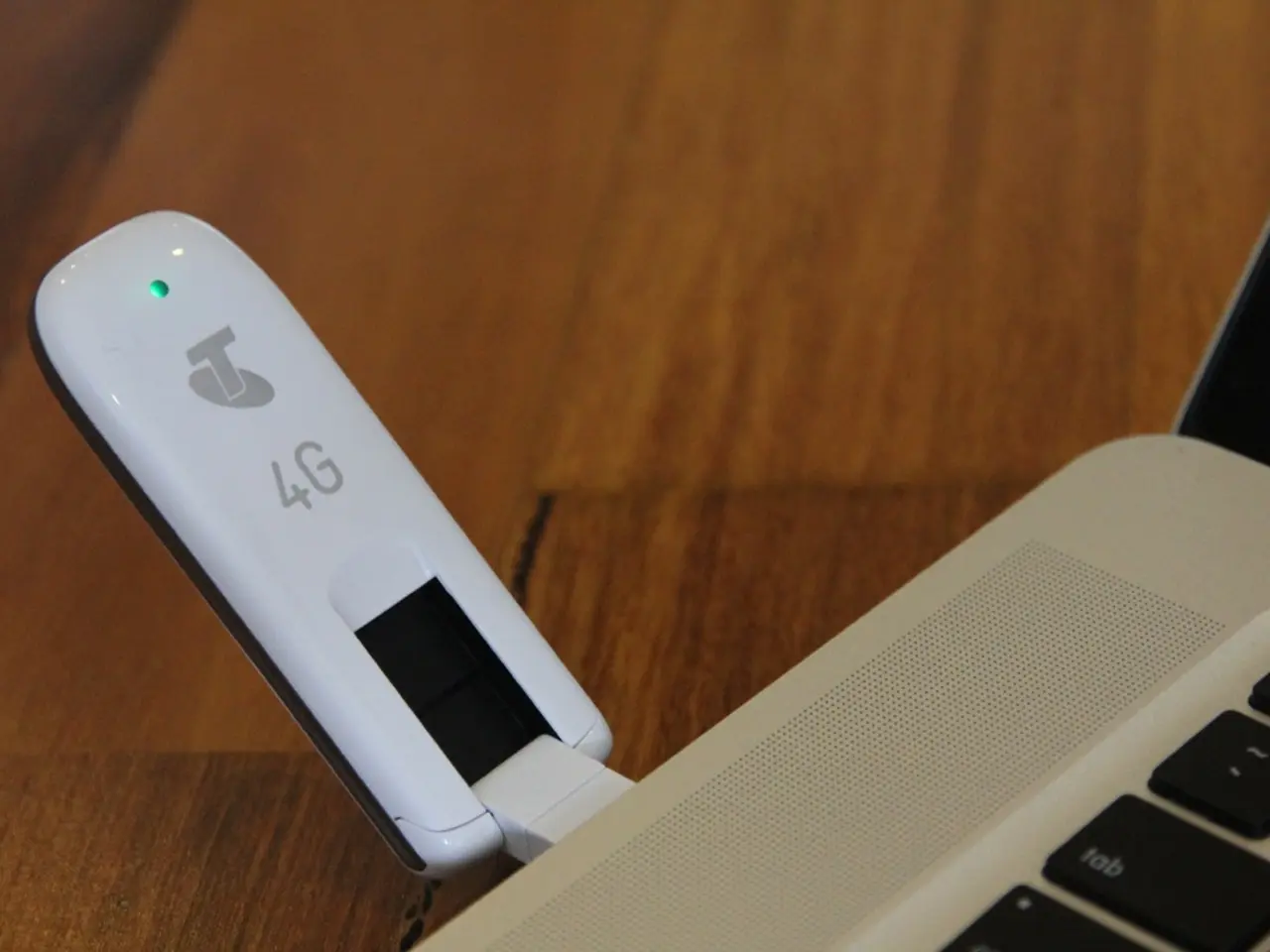Obstacles in Internet of Things (IoT) Security, specifically focusing on data transmission and network organization.
The increasing reliance on Internet of Things (IoT) systems across various industries has brought about a pressing need for effective security measures. IoT devices, due to their vast data generation and transmission, require robust encryption despite device constraints.
Hardware-based Protection
Hardware-based security elements, such as trusted execution environments, physical unclonable functions (PUFs), and secure elements, provide anchors of trust on constrained devices. These hardware roots of trust, integrated at the chip level, offer secure identity and cryptographic operations unique to each device, helping prevent unauthorized access and tampering.
Protocol-level Strategies
Adopting lightweight cryptographic algorithms and future-enhanced secure communication protocols is crucial for resource-constrained IoT devices. The ongoing development in cellular IoT protocols, like 5G RedCap and upcoming Release 18, aims to inherit and enhance strong native security features from cellular standards to secure device communication and authentication effectively. Additionally, zero-trust security models, which verify each device and communication interaction, are becoming central to restricting IoT device access.
Network-based Protection
Robust network access control (NAC), segmentation, and security gateways form the backbone of network-based protection strategies. NAC helps identify, inventory, and monitor IoT devices connecting to networks, establishing a device baseline for anomaly detection. Segmentation isolates IoT devices into distinct network zones with limited and monitored access to enterprise resources. Security gateways with greater processing power serve as intermediaries enforcing firewalls and protocol-specific defenses to mitigate risks before traffic reaches vulnerable devices. Continuous patch management and automated software updates are essential to keep devices and their network interfaces secure against evolving threats.
Best Practices and Ongoing Training
Supporting these technical measures are best practices such as enforcing the principle of least privilege for device permissions, replacing factory-default or hardcoded passwords with strong, unique credentials, and training security teams to understand IoT-specific architectures and threats. These mitigate common attack vectors like botnets formed by hijacked IoT devices, increasingly employing AI-driven cyberattack tools.
In summary, securing low-power IoT networks involves a combination of hardware roots of trust, lightweight, standardized, and future-enhanced secure communication protocols, network segmentation, NAC, security gateways, continuous updates, policy-level controls like zero trust, least privilege, and password hygiene, and ongoing staff training on IoT-specific security challenges.
These multi-layered strategies address the unique constraints and attack surfaces of low-power IoT networks across industries increasingly dependent on IoT for critical functions. However, challenges remain, including vulnerabilities from network stack components with minimal security validation, dynamic contextual access control requirements, growing populations of vulnerable devices due to short update lifespans, the distributed nature of IoT deployments, securing firmware updates for widely distributed, occasionally connected devices, and managing numerous communication protocols with varying security profiles.
As of 2025, it is estimated that there will be 30 billion IoT devices deployed worldwide, necessitating ongoing research and development in IoT security to ensure the safe and secure operation of these networks.
- The increasing reliance on Internet of Things (IoT) systems necessitates effective security measures, considering the vast data generation and transmission by these devices.
- Hardware-based security elements, such as trusted execution environments, physical unclonable functions (PUFs), and secure elements, offer secure identities and cryptographic operations unique to each device, helping prevent unauthorized access and tampering.
- Adopting lightweight cryptographic algorithms and future-enhanced secure communication protocols like 5G RedCap and Release 18 is vital for resource-constrained IoT devices to secure device communication and authentication effectively.
- Robust network access control (NAC), segmentation, and security gateways help identify, monitor, isolate, and secure IoT devices in networks, ensuring limited access to enterprise resources.
- Best practices such as enforcing the principle of least privilege, replacing default passwords, and ongoing staff training on IoT-specific security concerns are essential to mitigate common attack vectors.
- Ongoing research and development in IoT security are needed to secure firmware updates, manage communication protocols, address network stack vulnerabilities, and handle dynamic contextual access control requirements.
- As of 2025, it is estimated that there will be 30 billion IoT devices deployed worldwide, reinforcing the importance of securing low-power IoT networks to ensure safe and secure operations.
- In summary, securing low-power IoT networks entails a combination of hardware roots of trust, lightweight and future-enhanced protocols, network segmentation, NAC, security gateways, policy-level controls, ongoing staff training, and ongoing research and development in IoT security.




